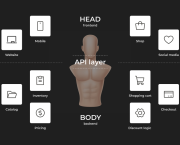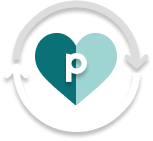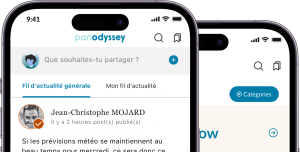
Invitation to Panodyssey, the Social Network for the Arts
 3 min
3 min
Tu ne peux plus consulter d’articles ce mois-ci sans être connecté.
Pour ne pas être limité et profiter pleinement de nouvelles fonctionnalités, connecte-toi ou créé un compte en cliquant ci-dessous, c’est gratuit !
Se connecter
Invitation to Panodyssey, the Social Network for the Arts

Invitation to Panodyssey, the Social Network for the Arts
by Claudia Moscovici
The twenty-first century has seen an explosion of social networks. Each major network has anticipated and fulfilled a growing social need. Conceived in 2004 by Harvard undergraduate Mark Zuckerberg and his friends as a student networking site, Facebook quickly expanded from Harvard University to other Ivy Leagues and, by 2006, to the entire world. As of December 2019, Facebook has reached 2.5 billion members. Not even its founders could have initially predicted the enormous demand for people to keep in touch, via social media, with family, friends, acquaintances, as well as to post their daily endeavors. Facebook, however, is primarily a personal rather than professional
Tu ne peux plus consulter d’articles ce mois-ci sans être connecté.
Pour ne pas être limité et profiter pleinement de nouvelles fonctionnalités, connecte-toi ou créé un compte en cliquant ci-dessous, c’est gratuit !
Se connecter









 English
English
 Français
Français
 Deutsch
Deutsch
 Italiano
Italiano
 Español
Español



 Contribuer
Contribuer









































 Tu peux soutenir les auteurs qui te tiennent à coeur
Tu peux soutenir les auteurs qui te tiennent à coeur






Julien Guyomard il y a 3 ans
"This division makes collaboration among different artistic fields a challenge. For example, how does a fiction writer go about finding a film director interested in creating a movie based on the fiction? I’m not talking about vanity projects, done at the expense of the writer, but legitimate collaborations funded by film investors? Similarly, where do musicians find lyricists and producers to create an entire music video or album? How do journalists and historians find documentary cinematographers for their works? As far as I know, before Panodyssey, there was no social network where those in creative fields can easily collaborate both within the same field and with people working in other, complementary, fields."